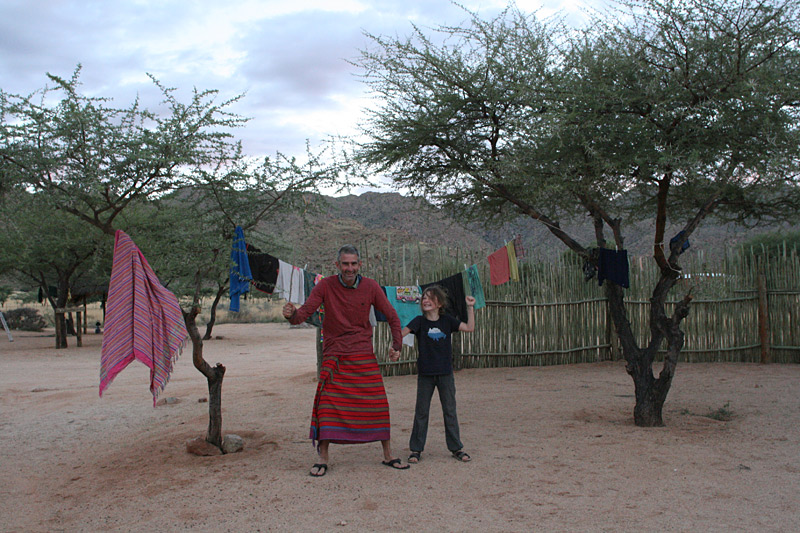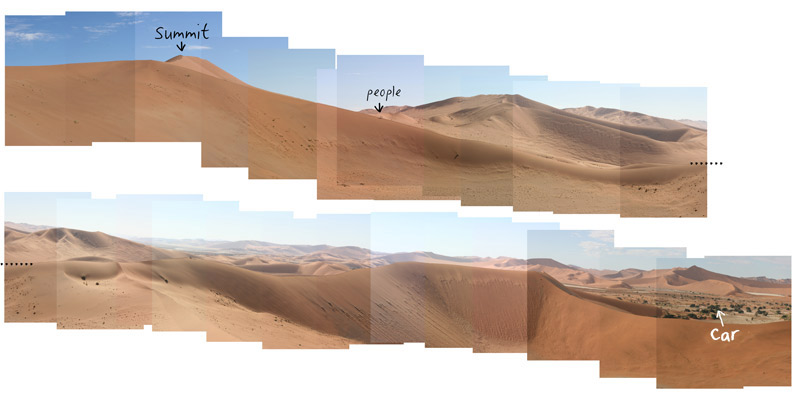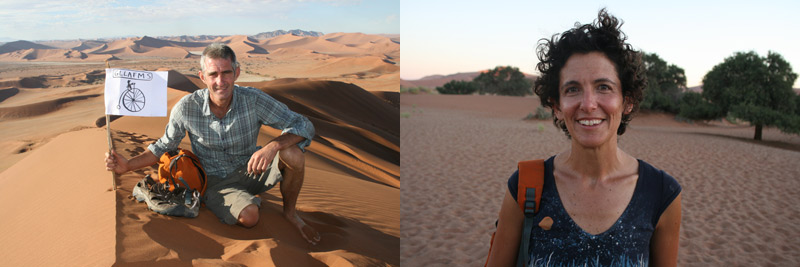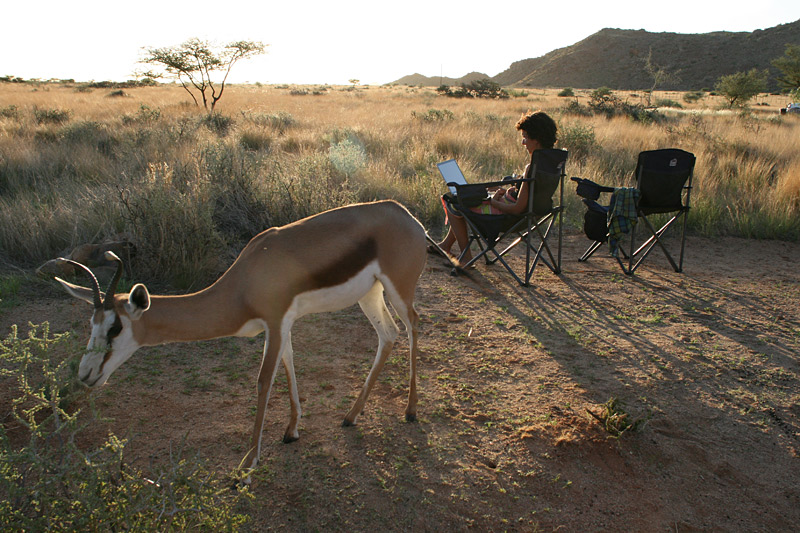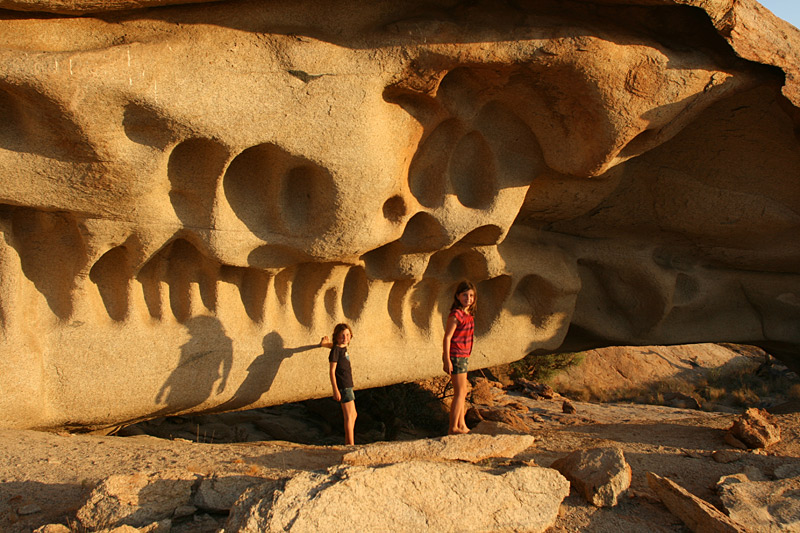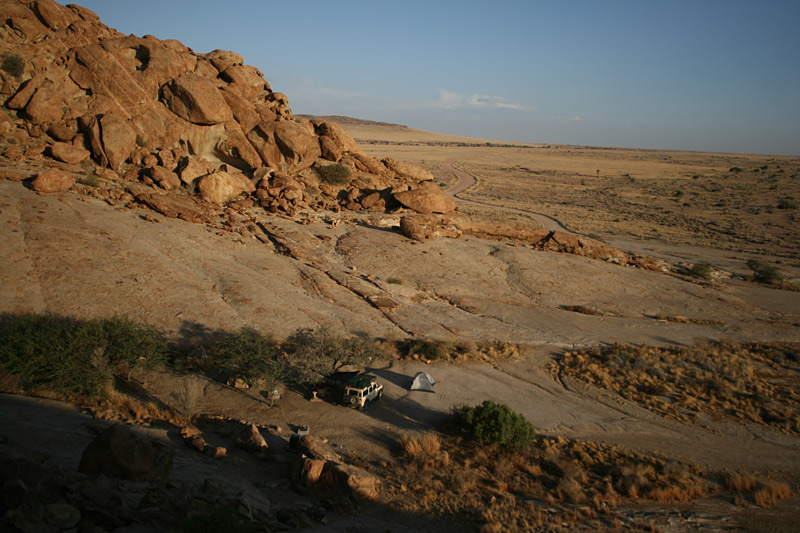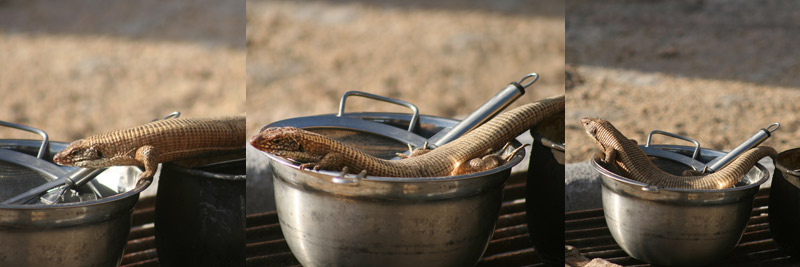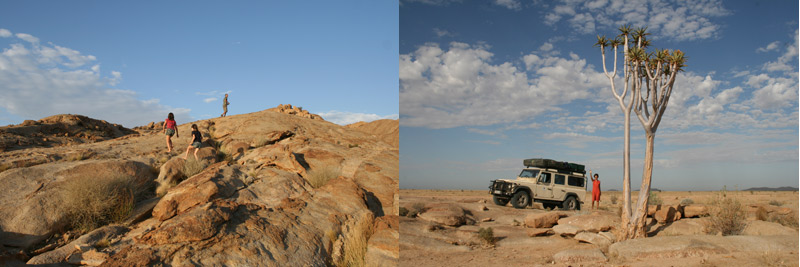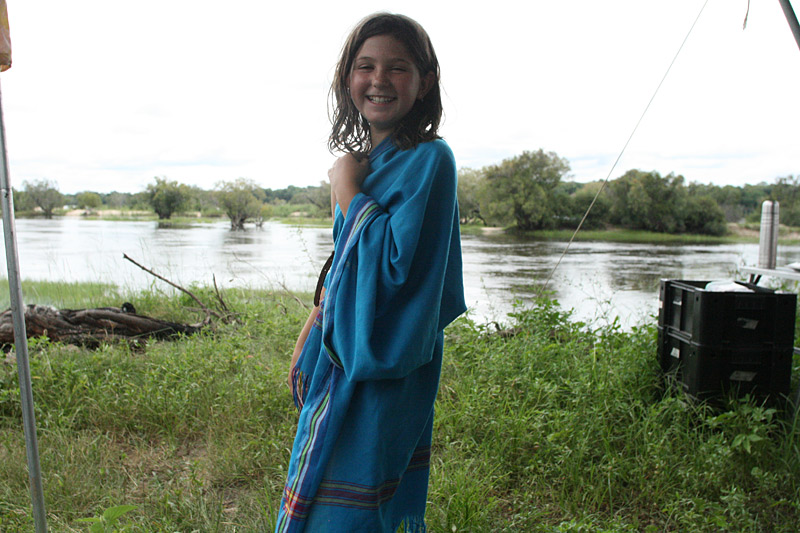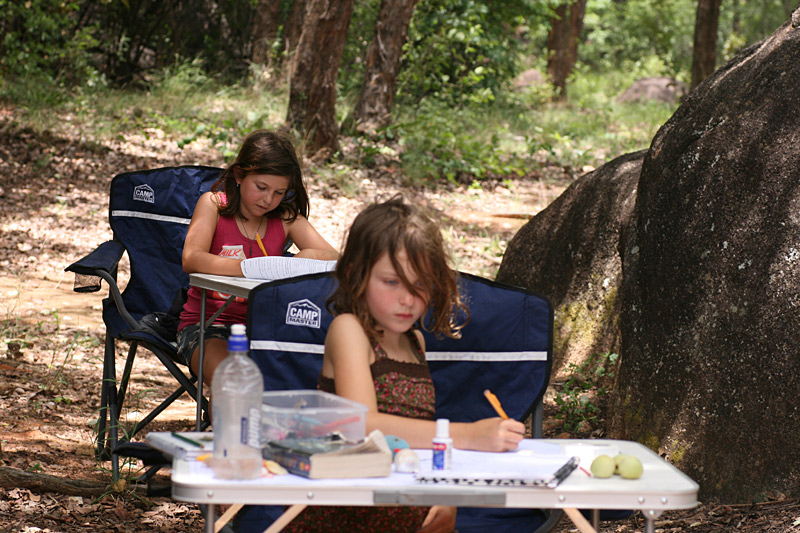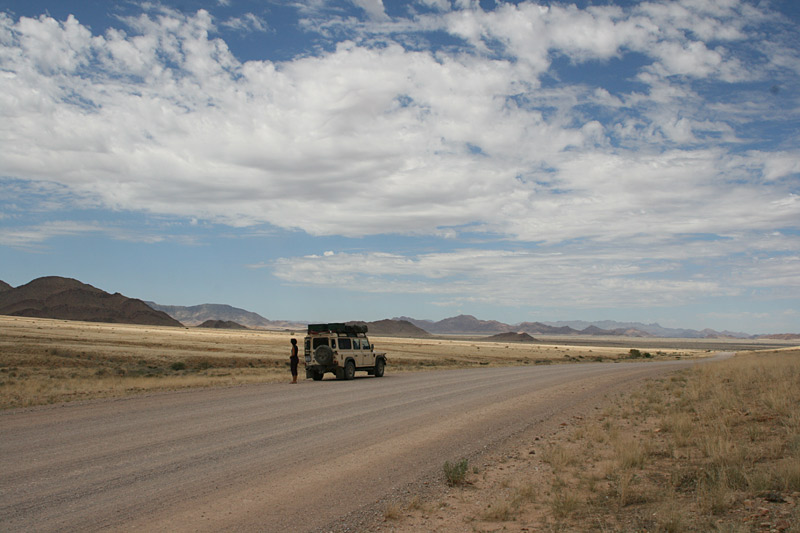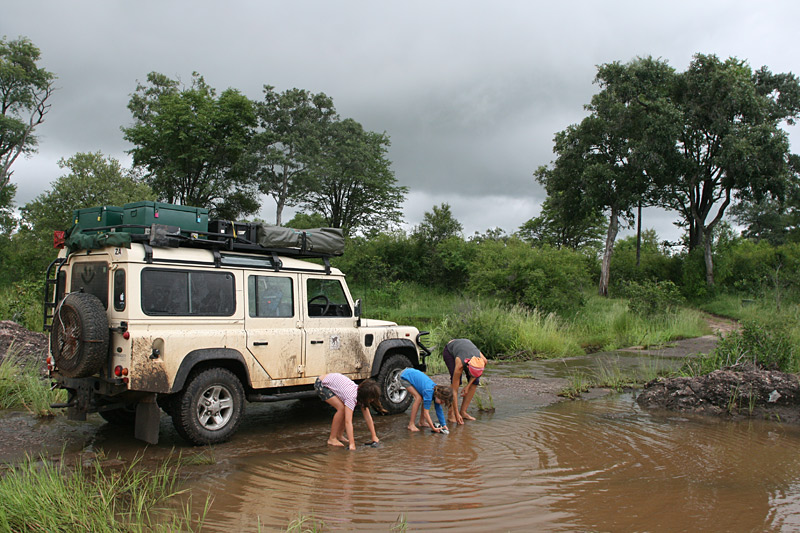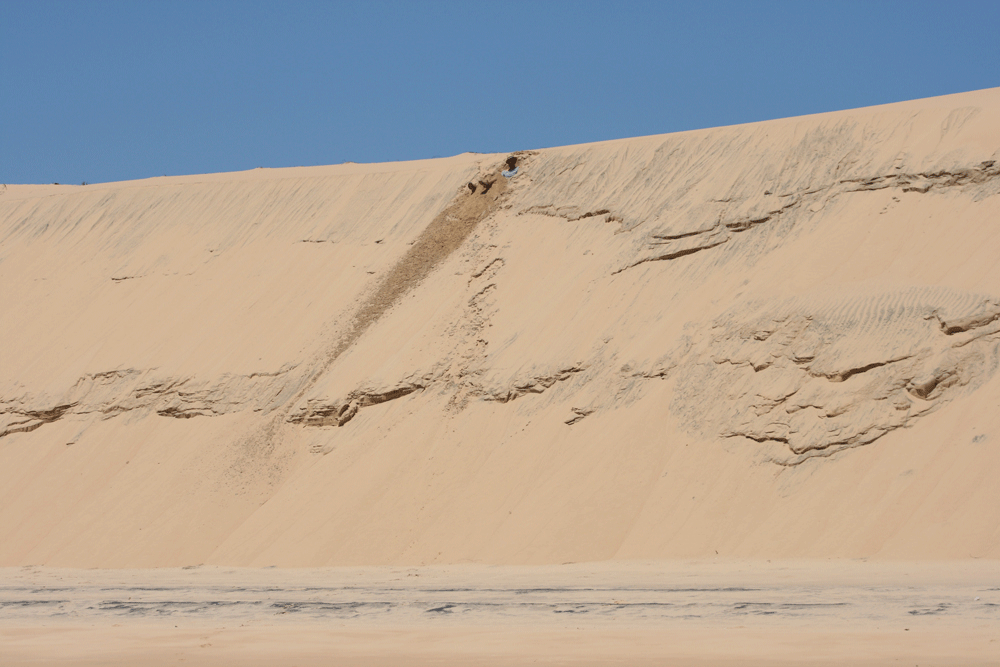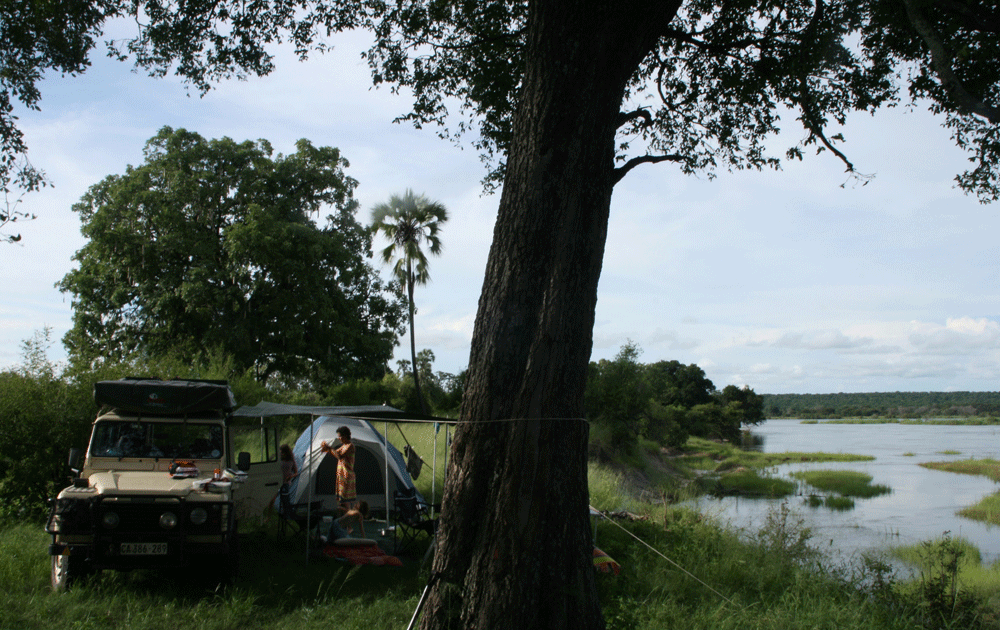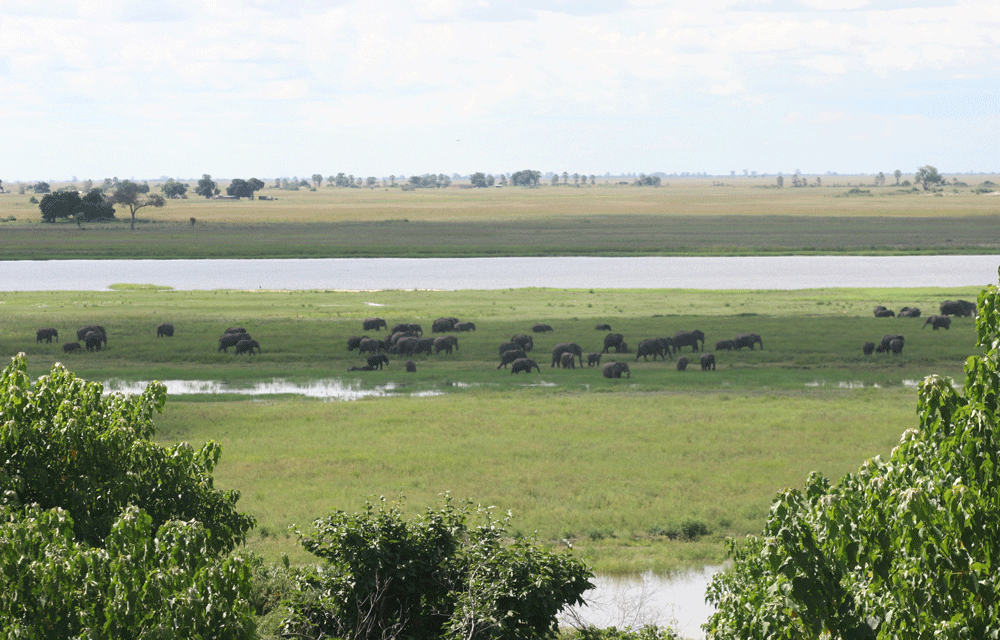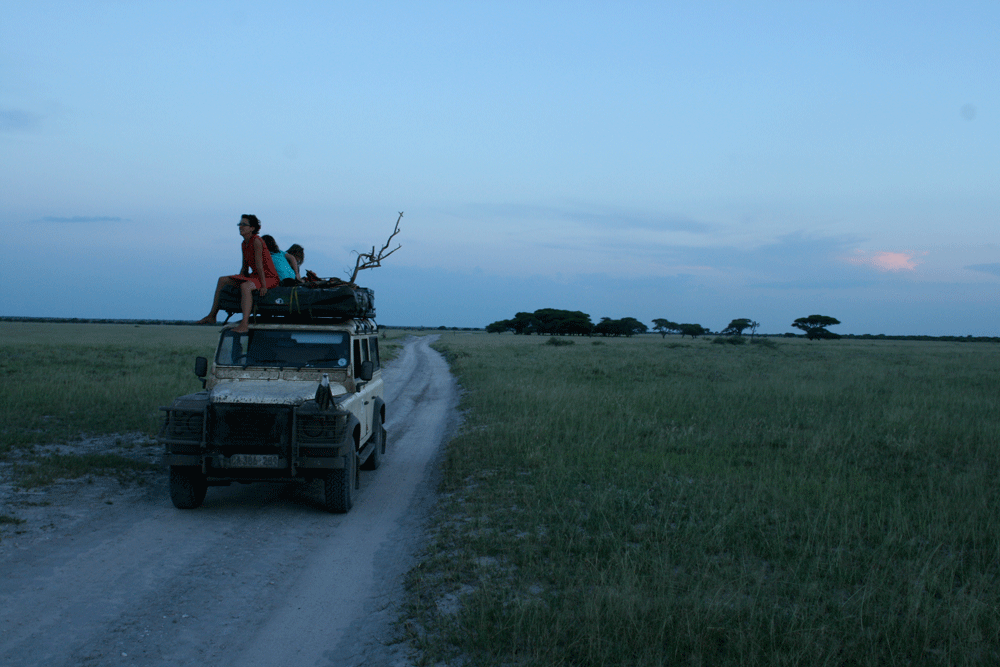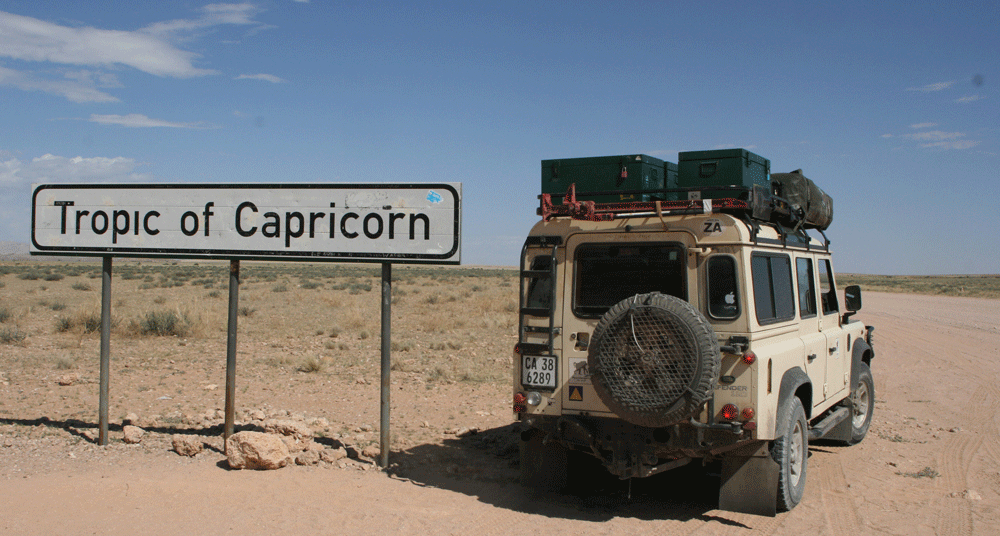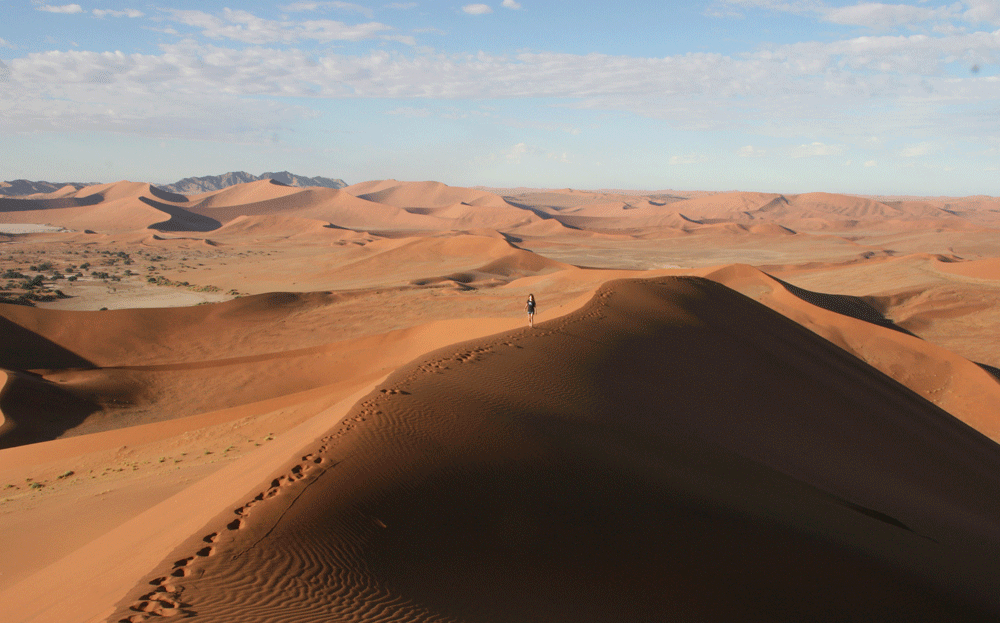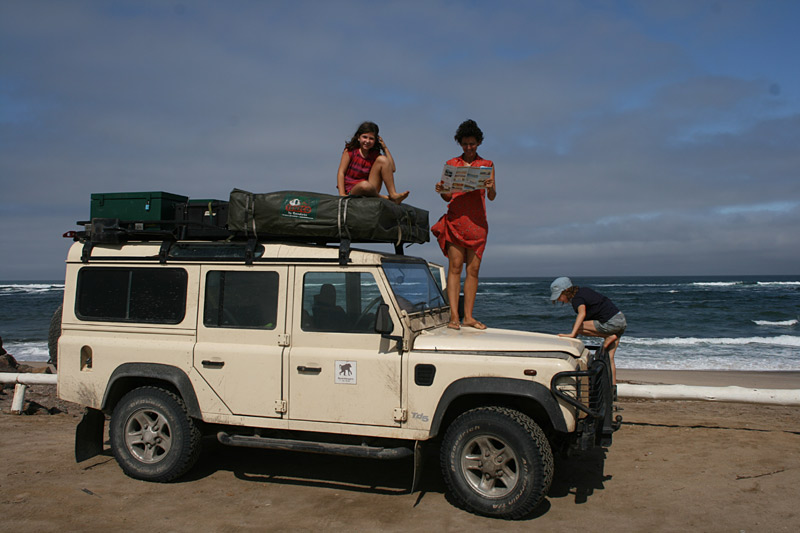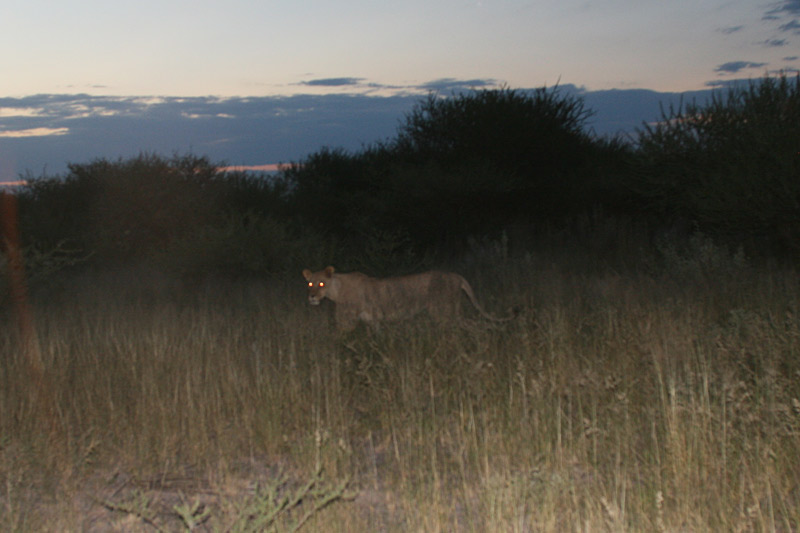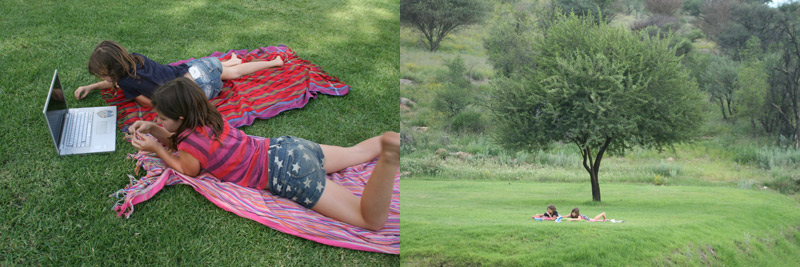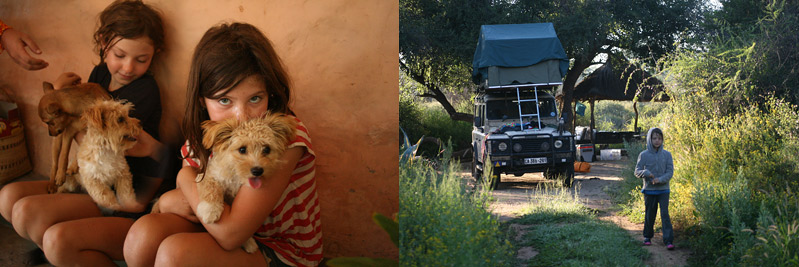Ok I have decided to share my beauty secrets of the bush (you can stop writing in now).
Clothing
Skirt, pants, dress? Every day I have to think: should I wear my one black skirt, my one cropped purple pants, or my one orange dress? The answer will depend upon: will I encounter other humans, will I be sitting or standing most of the day, will I get hot, how many days in a row have I been wearing any one item, is aforementioned trackable (i.e. dated photographic evidence on blog), what did I sleep in?
Laundry + dishes:
Clothes are in one of four states: need to be washed, washed and still slightly damp, dry but still look dirty, or in the process of becoming dirty (ie being worn). In the bush, no-one can hear you clean mwah ha ha ha ha. Ditto dishes. And I use dishwashing liquid for both which actually could explain a lot.
Dishwashing is a celebratory experience. In the bush we make do using limited water, soap and kitchen towel until we get to a snazzy camp with running water. Then we zap the three boxes of pots, cutlery, crockery. Ralph was concerned that the photo below suggests I did the washing up, (smile, improbably) but no, I just looked good in their reflective glory. In the right photo, as an alternative to washing, Bea is burning her shorts. Jeans make great firelighters, even ones which are more hole than jean.
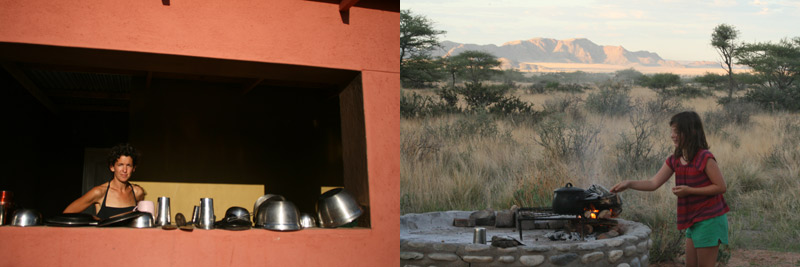
Our wardrobes are black togbags. We love them because they have strong zips and seams and when Mpandangare is stationery they live on his bonnet otherwise in green metal boxes on the roof. It all feels perfectly normal.
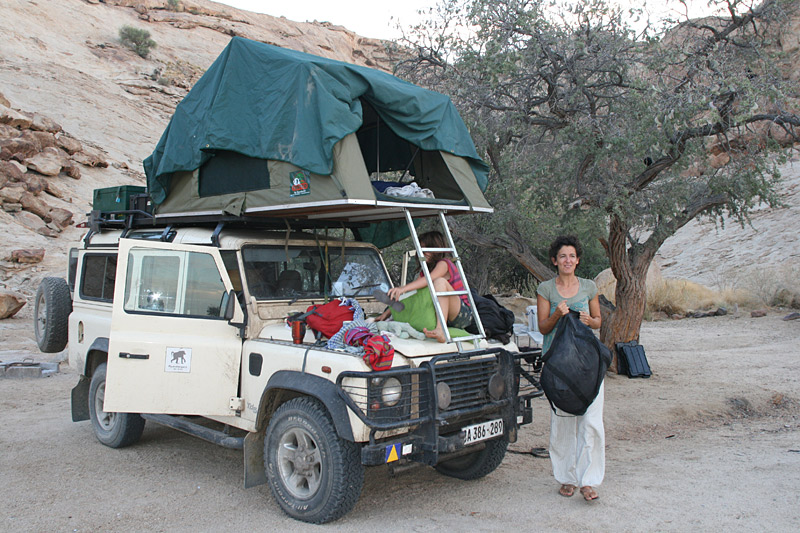
I didn’t consciously choose this path. On previous, much shorter, trips I have watched spotless Safari Adventuresses actually buff their heels in the ablution blocks. Meanwhile I felt naked without a covering of African dust. Still, I had thought that this long trip, that buffed woman would be ME but no buffing has (knowingly) occured to date.
Hair
Now I know you’re all wondering about my hair. I certainly am. Whenever I catch a glimpse of myself in a mirror (not often) I double take and think ‘She’s got nice hair’. Anyone who has heard my ONE anecdote (“Coma? How fascinating, do tell…”) will know this was my exact response when I woke up from a 3 day coma, dreadlocked, with complete amnesia and looked in the mirror. Also: nice tan. Also: Who’s she?
I know this admiration is partly delusional as my hair does not measure up to any 21st century standard of beauty. But it is, marvelously, held up, and together, by desert dust. So Peter the Haircutter, who I missed pre-trip and thought of as my hair grew and grew in all directions, I now look forward to visiting upon return to Cape Town. Because only his magic hands will be able to embrace the African dust and cut around it accordingly.
Cleaning ritual
I got called an adventuress! While I would love to wear this noble label (sewn into my dirty orange dress?) I really and truly am not. I distrust all animals, from mosquitos to lions, I am especially wary of puppies. But…I am just not afraid of dirt and I believe that has been my single greatest asset on this trip. And, ironically I attribute this to my European, not African, heritage. No-one does grubby glamour quite like us Brits.
Here are Ralph and Mila having just fended off the camp’s tame Namibian Springbok. I was putting up the washing when she came to have a chew. I thought I’d work the Adventuress angle by scaring her off. Ralph said it’s all about body language so I spread my legs sumo style, arms in that weird dangling pose, and barked something gruff but she just charged me! Ralph counter-charged like a noble savage and you couldn’t see Bokkie for dust. I am still feeling quite indignant as I write. Why was she not afraid of me? Maybe she has read the blog.
